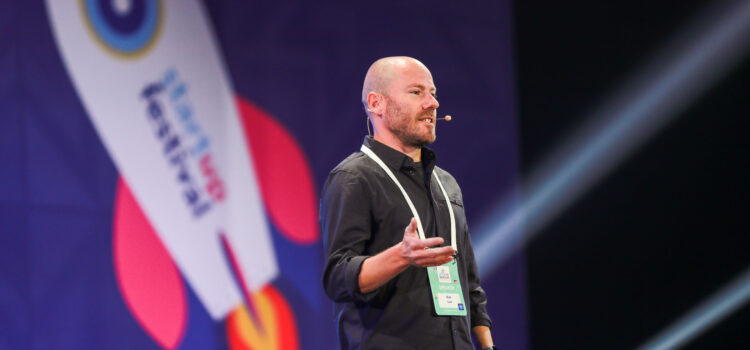
Rejection has a way of hitting us in our core. It’s that gut feeling—a sense of having the wind knocked out of you—that lingers, leaving self-doubt in its wake. Overcoming business rejection can feel like an immediate undermining of our strength, a reminder of every weakness and insecurity we’d rather forget. But the truth is, rejection doesn’t have to be a stopping point. If anything, it can be the very thing that propels us forward, forcing us to adapt, learn, and grow stronger than before.
In my journey building Trunki, I’ve encountered rejection from all angles—often at critical moments that made each “no” feel even more personal. But over time, I’ve come to understand that handling rejection in business, while painful, can also be one of the most transformative experiences in our careers. As a motivational business speaker, I’ve found that reframing rejection as an opportunity to re-evaluate and push forward is key to turning business failures into success.
Industry Rejections: Overcoming the “No’s” from Luggage and Toy Companies
In the early days, Trunki was met with skepticism from every angle. I approached countless luggage and toy companies, but as a hybrid product—part toy, part luggage—it didn’t fit neatly into any category. Toy companies dismissed it because it didn’t fit within their range, and luggage companies couldn’t see past their traditional lines.
The retail world didn’t make things any easier. Luggage buyers would tell me to talk to toy buyers, who’d pass me along to apparel buyers, and back to luggage buyers again. Dealing with client rejection became part of my reality, and Trunki kept getting passed around without anyone willing to take a chance on it. Each “no” could have been a reason to pivot or abandon the idea altogether.
But instead of seeing each rejection as a roadblock, I chose to view it as feedback. If the product didn’t fit into an existing category, then perhaps it had the potential to redefine what was possible. I decided to create a lifestyle brand aimed directly at parents, emphasizing the freedom, fun, and practicality Trunki offered for family travel. By positioning it as part of a lifestyle rather than forcing it into a rigid category, I was able to connect with families who truly saw its value.
This shift paid off. By staying true to Trunki’s hybrid nature, we created a new product category that resonated with parents and ultimately became a globally recognized brand.
The “Dragon’s Den” Rejection: Learning from Public Setbacks
In 2006, I pitched Trunki on Dragon’s Den. I was confident and prepared, believing in the product wholeheartedly. I knew that if I could just communicate my vision, the Dragons would see the same potential that families already understood. But the pitch didn’t go as planned. Theo Paphitis grabbed the Trunki strap, pulled hard, and broke it, setting off a wave of criticism about the product’s quality and viability. The Dragons weren’t seeing what I saw, and I walked out without the investment.
Before the episode aired, I didn’t expect any positive response. I even posted a survey on the Trunki website, preparing myself for the worst. But when the episode went live, something remarkable happened: over 3,000 people filled out the survey, sharing phenomenal words of support. Parents resonated with Trunki’s potential, and sales began to take off.
That rejection became an unexpected turning point, teaching me that while experts and investors offer valuable insights, sometimes it’s the people who need the product most who understand its value best. By trusting my vision, I turned the Dragons’ rejection into a powerful catalyst for success.
Turning Rejection into Opportunity: Three Key Lessons
Learn from Every “No”: Each rejection is valuable feedback. The Dragons’ criticism helped me refine Trunki’s design, making it more resilient. Learning from business rejections can offer a chance to strengthen the product and address potential concerns before they affect customers.
Remember Your Audience: Industry experts may not always understand your vision, but those who need your product most likely will. Trunki’s success came from reaching out to parents and families who saw how it could make life easier. Connecting directly with your core audience can turn rejection into a new opportunity.
See Rejection as a Stepping Stone, Not a Roadblock: Every “no” I faced in the early days of Trunki made me more determined to carve out a unique place for it. Coping with business setbacks doesn’t mean the journey is over; it often pushes you to innovate, adapt, and create something even better than before.
Conclusion: Reframing Failure as Progress
Rejection will always sting, but it doesn’t have to weaken us. In my journey with Trunki and now as a resilience speaker, every rejection has been a stepping stone, pointing me toward a clearer purpose, stronger resilience, and deeper connections with people who believe in the product.
So the next time you’re met with a “no,” take a step back and look for the new path it may be offering. Rejection isn’t the end; sometimes, it’s just the beginning of something far greater than you could have imagined.




